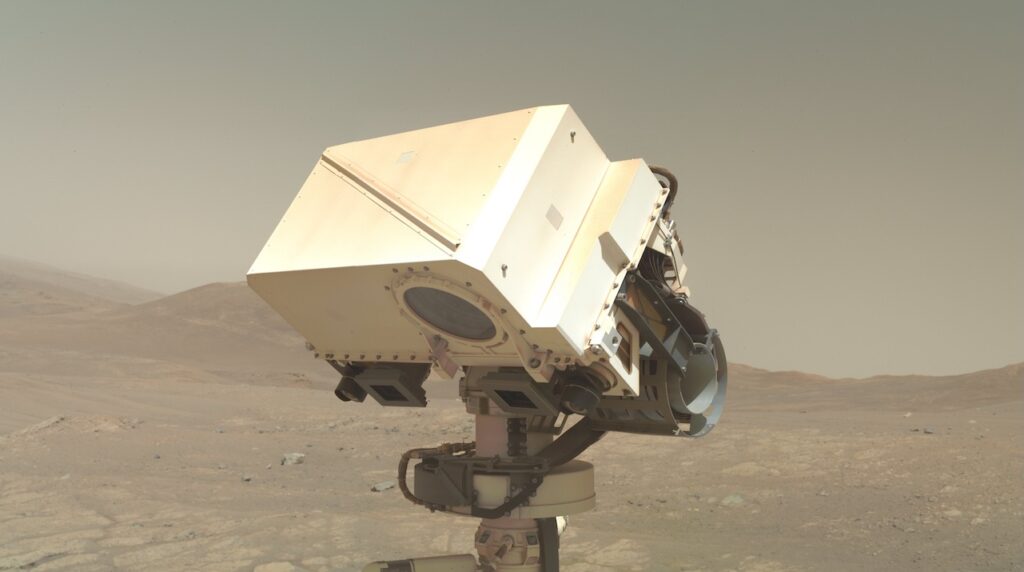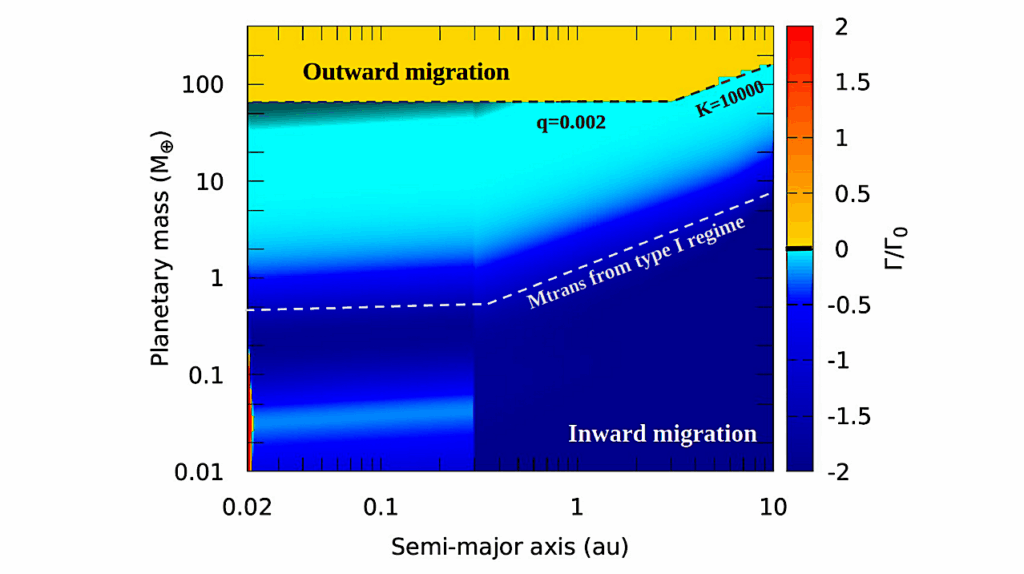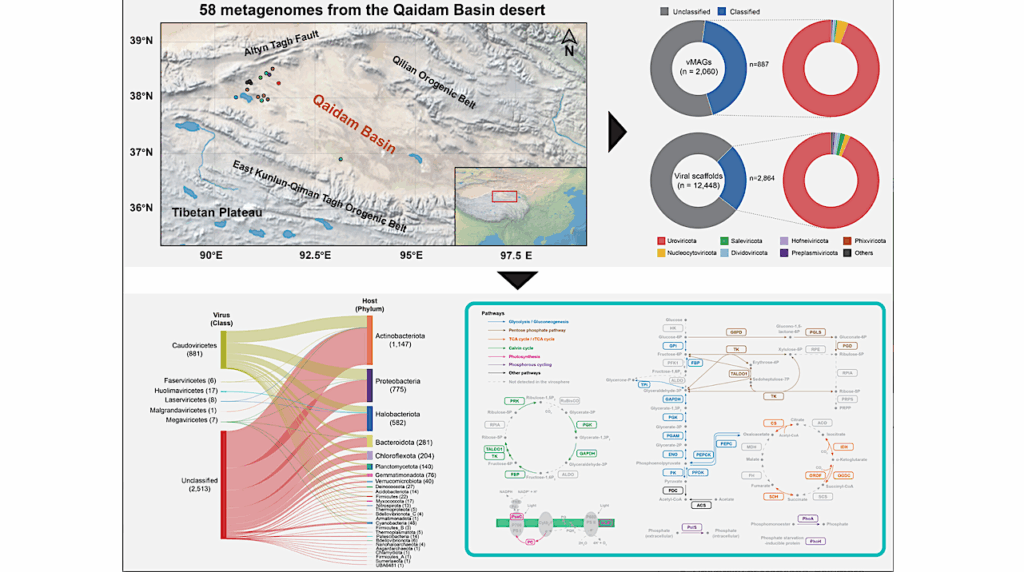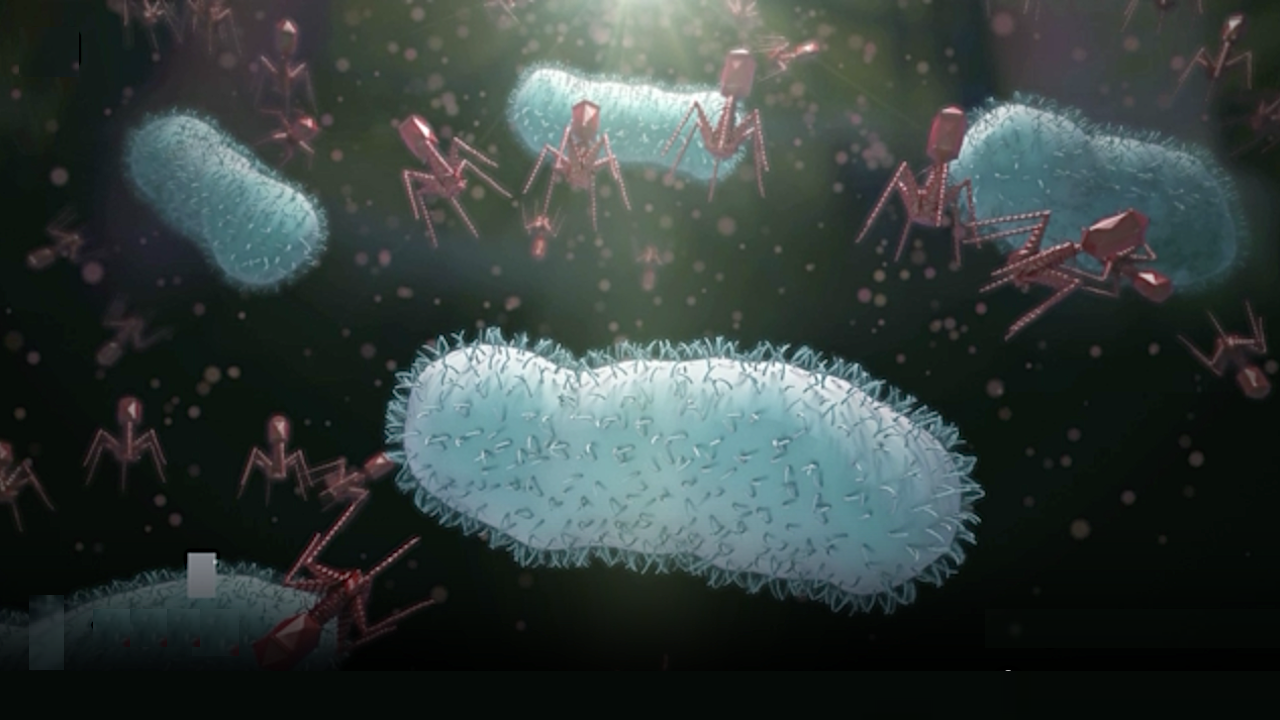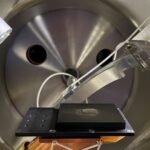Now Reading: On The Role Of α-alumina In The Origin Of Life: Surface-driven Assembly Of Amino Acids
-
01
On The Role Of α-alumina In The Origin Of Life: Surface-driven Assembly Of Amino Acids
On The Role Of α-alumina In The Origin Of Life: Surface-driven Assembly Of Amino Acids
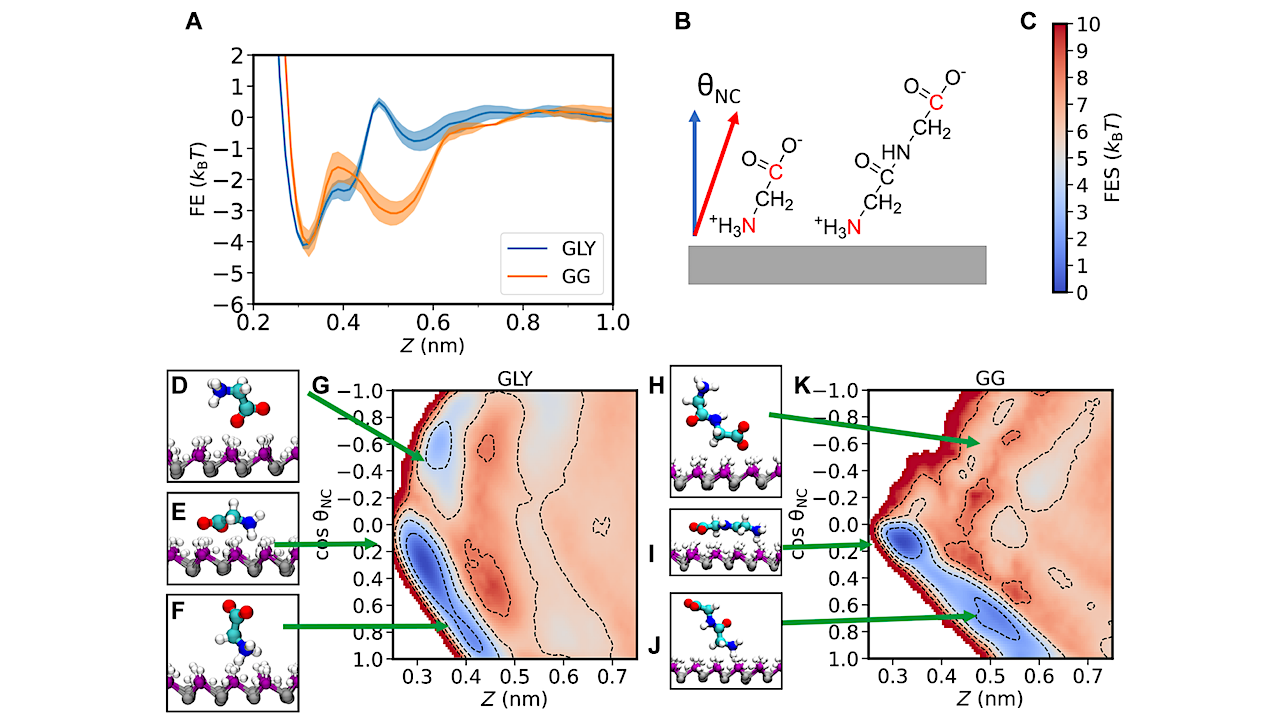

Simulation results of single amino acid adsorption. (A) 1D FES of the adsorption of a single molecule, glycine, and GG dipeptide. The free energy in the bulk is
set to 0. (B) Atomic structure of a glycine (left) and GG dipeptide (right) molecule. The gray rectangle below the molecules represents the alumina surface. (C) Color bar
for 2D FES plots (G) and (K). (D to F) Snapshots of C-adsorption, flat-adsorption, and N-adsorption of a glycine on the α-alumina(0001) surface. (H to J) Snapshots of (H)
C-adsorption, (I) flat-adsorption, and (J) N-adsorption of a GG dipeptide. (G and K) 2D FES of glycine and GG dipeptide adsorption; arrows mark the CVs of FES for different
adsorption configurations. Snapshot color code: gray, aluminum; purple, surface oxygen; white, hydrogen; blue, nitrogen; cyan, carbon; red, nonsurface oxygen. Water is
not shown in the snapshots for better visualization. – Science Advances via PubMed
We investigate the hypothesis that mineral/water interfaces played a crucial catalytic role in peptide formation by promoting the self-assembly of amino acids.
Using classical molecular dynamics simulations, we demonstrate that the α-alumina(0001) surface exhibits an affinity of 4 kBT for individual glycine or GG dipeptide molecules due to hydrogen bonds. In simulations with multiple glycine molecules, surface-bound glycine enhances further adsorption, leading to the formation of long chains connected by hydrogen bonds between the carboxyl and amine groups of glycine molecules.
We find that the likelihood of observing chains longer than 10 glycine units increases by at least five orders of magnitude at the surface compared to the bulk. This surface-driven assembly is primarily due to local high density and alignment with the alumina surface pattern.
Together, these results propose a model for how mineral surfaces can induce configuration-specific assembly of amino acids, thereby promoting condensation reactions.
On The Role Of α-alumina In The Origin Of Life: Surface-driven Assembly Of Amino Acids, Science Advances via PubMed
Astrobiology
Stay Informed With the Latest & Most Important News
Previous Post
Next Post
-
 012024 in Review: Highlights from NASA in Silicon Valley
012024 in Review: Highlights from NASA in Silicon Valley -
 02Panasonic Leica Summilux DG 15mm f/1.7 ASPH review
02Panasonic Leica Summilux DG 15mm f/1.7 ASPH review -
 03From Polymerization-Enabled Folding and Assembly to Chemical Evolution: Key Processes for Emergence of Functional Polymers in the Origin of Life
03From Polymerization-Enabled Folding and Assembly to Chemical Evolution: Key Processes for Emergence of Functional Polymers in the Origin of Life -
 04How New NASA, India Earth Satellite NISAR Will See Earth
04How New NASA, India Earth Satellite NISAR Will See Earth -
 05And Thus Begins A New Year For Life On Earth
05And Thus Begins A New Year For Life On Earth -
 06Astronomy Activation Ambassadors: A New Era
06Astronomy Activation Ambassadors: A New Era -
07SpaceX launch surge helps set new global launch record in 2024













